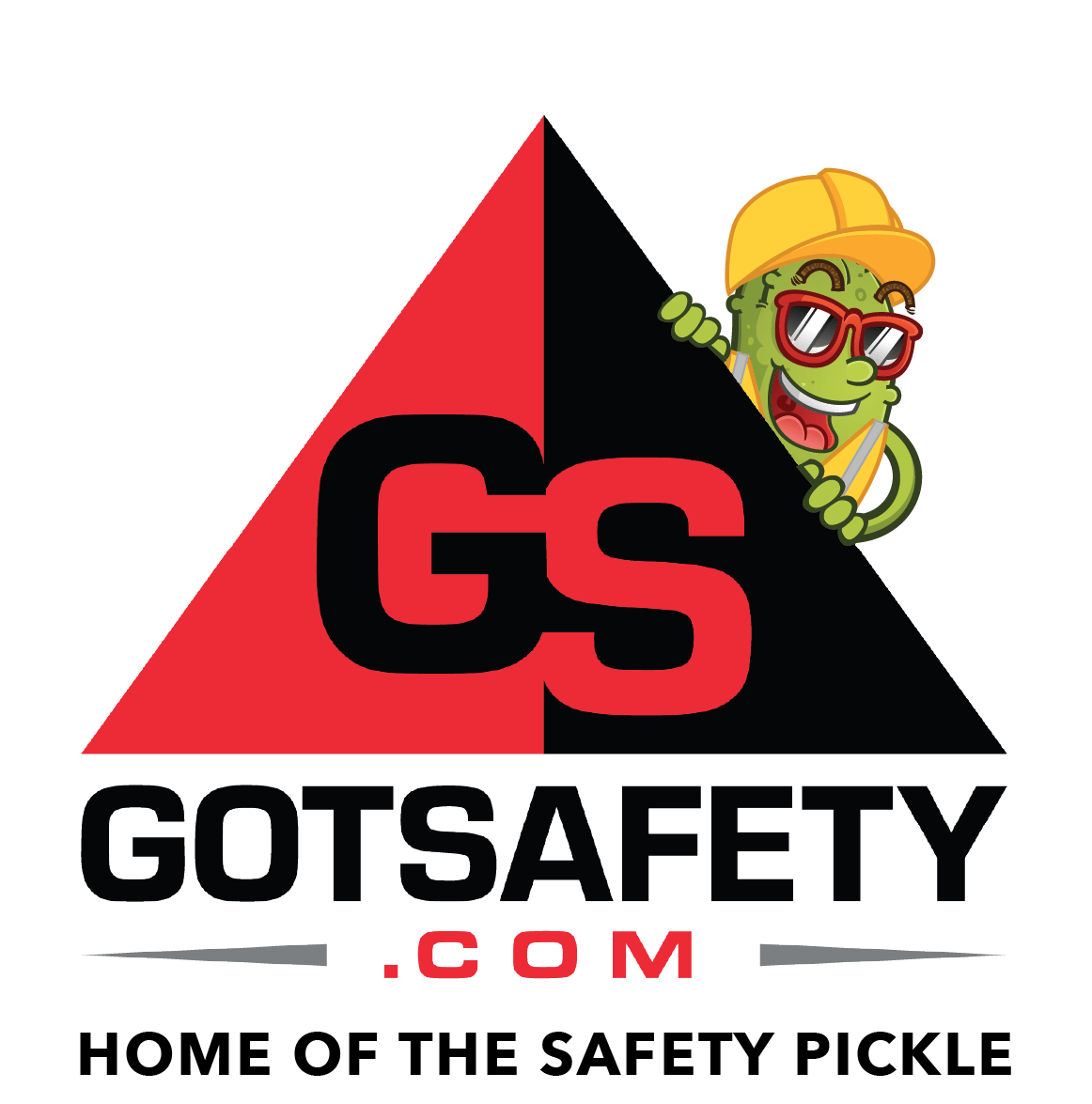hazard communication – pictograms
introduction
All hazardous chemicals are required to have a label that meets all of the Globally Harmonized System (GHS) label requirements as required by the hazard communication standard. One part of this equirement is the use of pictograms to communicate hazards.
pictogram requirements
Pictograms are required to have a black hazard symbol with a white background. The black
hazard symbol is to be placed in a square red frame set at a point. A pictogram that has the red
border and white background, but no hazard symbol is not permitted on any label.

labels
The Globally Harmonized System (GHS) has a total of nine pictograms that can be used to communicate hazards. The nine pictograms in use are:

Health Hazard
Pictogram warns employees of the following hazards:
carcinogen (may cause cancer), mutagenicity, reproductive toxicity, respiratory sensitizer, target organ toxicity (danger to specific organs), and aspiration toxicity.

Flame
Pictogram warns employees of the following hazards: flammables, pyrophoric (can ignite in open air), self-heating, emits flammable gas, self-reactive (contains materials that don’t need oxygen to ignite), and organic peroxides (contains explosives ingredients).

Corrosion
Pictogram warns employees of the following hazards:
skin corrosion/burns, eye damage, and corrosive to metals.

Exploding Bomb
Warns employees of the following hazards: explosives, self-reactive (contains materials that don’t need oxygen to ignite), and organic peroxides (contains explosives ingredients).

Exclamation Mark
warns employees of the following hazards: irritant (skin and eye), skin sensitizer (a substance that will induce an allergic response following skin contact), acute toxicity (when adverse effects occur within 14 days of exposure to a substance), narcotic effects, respiratory tract irritant, and hazardous to the ozone layer (Note: The hazardous to ozone layer hazard is labeled as nonmandatory hazard. OSHA considers this to be supplementary information.)

Flame Over Circle
Pictogram warns employees of chemicals that contain oxidizers (oxidizers contribute to the combustion of other materials).

Skull and Crossbones
Pictogram warns employees of chemicals that have acute toxicity (chemicals that can be fatal or toxic to the body.) Adverse effects from such chemicals can occur within 14 days of exposure.

Environment
pictogram warns employees about chemicals that have aquatic toxicity (can poison the water supply). Note: OSHA labels this pictogram as non-mandatory and considers its use on labeling as supplementary information.
CONCLUSION
The use of pictograms to visually warn employees about chemical hazards is just one part of the hazard communication standard. Employees should use pictograms in conjunction with other written warnings and the information provided in corresponding safety data sheets (SDS) to become educated about the chemicals that they handle and work with. Employees should wear the appropriate PPE when handling any chemical. If a container has a damaged or missing label, the container should not be opened. Employees should report the container and label to their supervisor.

